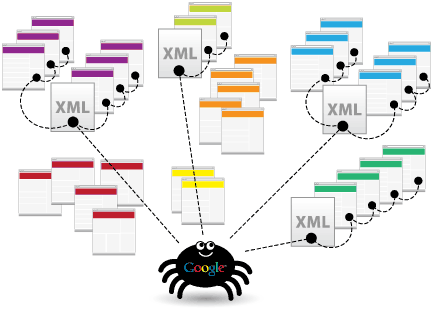Best Video SEO Tactics
When it comes to video SEO, it’s no secret that a lot of us are somewhat in the dark, and understandably so — Google and other search engines can’t crawl the frame-by-frame, visual contents of a video (not yet, anyway), so how is it possible to optimize video content for crawlers? Admittedly, this is a tricky situation.
But while it’s true that search engines simply don’t have the processing power necessary to crawl every frame of every video everywhere (how incredible would that be, though?), this doesn’t mean that there are no viable SEO tactics for video content. In fact, following are a few of the more popular strategies to boost the SERP of any site through their video content.
Explore Your Hosting Options
While hosting your video on YouTube may be a great way to rack up views (it is the second largest search engine, after all), that doesn’t make it the best place to always host your videos. Simply put: If the keywords you are targeting cause video results to turn up in the search results, then you should not host your video on YouTube. Instead, you should host it on your own site, because then a successful SEO campaign will lead to your site-hosted video showing up among the videos on the SERP.
Another thing to consider is that the number of views a video receives on YouTube rarely transfers into associated website traffic. Therefore, if your main goal is to drive more traffic to your website, it would be worth your while to host the video on your own site. With that in mind, if you do end up wanting your video on your site instead of YouTube, keep in mind that you don’t necessarily have to host the video yourself. For instance, there are plenty of video hosting services out there (Wistia, among others) that will not only let you embed the video, but they will go further by providing you with a video XML sitemap, ultimately attributing ownership of the video to your site.
Use a Video XML Sitemap
As explained above, if you’d like your video hosted on your site as opposed to YouTube, you’ll want to create an XML sitemap and submit it in Google Search Console.
However, it’s important to note that this XML sitemap will not impact your rankings directly — it will only indirectly serve your rankings by allowing your video to link back to your site. Also, keep in mind that some video-hosting services will generate and provide a video XML sitemap for you as a common courtesy.
Alter Your Embed Code
Altering your embed code is pretty straightforward if you’re trying to increase your video’s SERP. In short, all you’ll really need to do is edit the embed code so that it looks like this:
“<center><p> (Embed code provided by YouTube or Wistia goes here) Video by <a href=“(Your website URL goes here)/”> (Your name goes here) </a></p></center>”
By doing this, you’ll greatly improve the potential of your site’s SEO efforts, since you’ll end up getting a link out of your video.
Things to Keep in Mind
While these little fixes can go a long way, when you’re trying to implement SEO tactics into your video content, there are always a few critical things to always keep in mind. Most importantly, you should remember that at the end of the day, keyword research is the name of the game — by performing extensive keyword research for your video, you can only help the success of your SEO campaign.
Also, it’s worth considering exporting your video to HD, since videos exported in HD tend to perform better than those that aren’t. And if you’re especially dedicated, you may want to try transcribing your video and posting the transcription in the video’s description, since search engines have no idea about the content of the video unless you tell them exactly what’s in it. By transcribing your video, you have another pathway to boost your video’s SEO presence.



